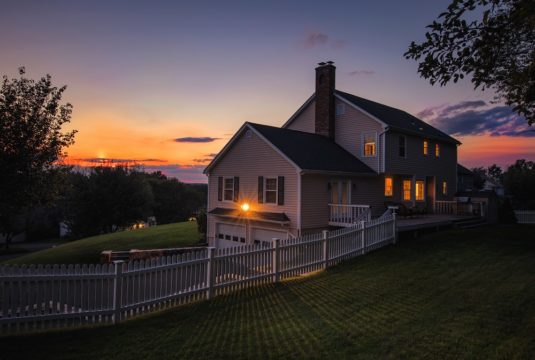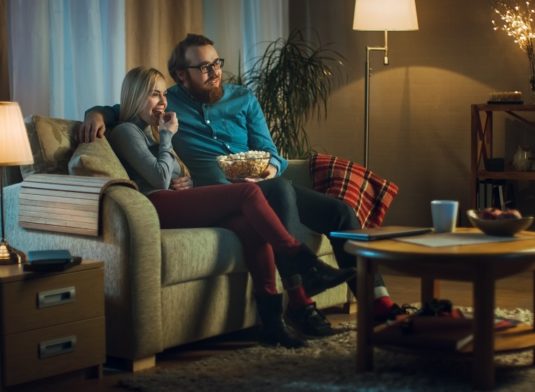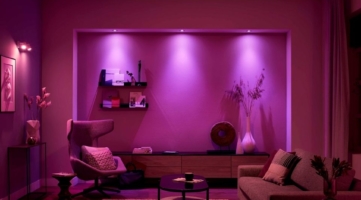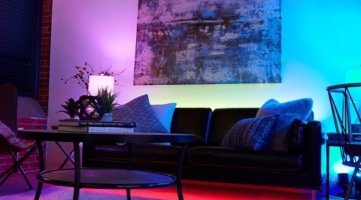3 practical uses for Smart Lighting at home
15 years ago, smart lighting was when you could control a plug socket with a remote control. I remember being 12 and finding this new technology my nan had as the most amazing technology that ever existed. Creeping around the corner of the door “on” “off” “on” “off”. Didn’t take me long to be banned from using it.
Smart lighting technology has been around for a long time, but now it’s truly becoming smart.
You can now be on another continent but still be able to turn your lights on at home with a tap of your phone screen. Sounds cool, right? But how practical is that feature? How practical is smart lighting in general?
To show you just how practical smart lighting is, here are three uses:
The lights are on, but nobody’s home
It’s no secret that lights being on in a house act as a deterrent for criminals looking to break in. That’s why many people leave lights on when they go on holiday – but that’s such a waste of electricity as the light needs to be left on 24/7.
Smart lighting enables you to be far more clever. With the right technology, such as the Ledvance Smart+ range you can programme your lights to come on at certain times of the day. Whether you have the lounge lights on at 6pm or your en suite light on at 11pm, it’s up to you.
Plus, the ability to choose which rooms are lit up at certain times makes it a bit more believable that someone is home. If lounge lights are on at 2am three nights in a row, is that believable? Probably not.


Ease of access
For people that have difficulty moving, such as the elderly, injured or disabled, turning a light on or off can be an absolute nuisance and in some cases not possible.
One experience I can provide is that I recently had surgery, so I couldn’t walk for a couple days and moving in general was incredibly painful. Getting into bed only to realise I left the bedroom light on meant I had to try and sleep with the light on all night.
If I had smart lighting in that room, it wouldn’t have been an issue. The same applies to anyone that has mobility difficulties. Being able to control lighting without having to move is a fantastic feature.
Getting in the mood
It’s scientifically proven that lighting can have a serious impact on a person’s mood and general wellbeing. So, being able to adjust lighting to suit conditions can improve a person’s life.
If I’m working on my laptop at home in the evening, I want good lighting. I don’t want it to be dim – I need to see what I’m doing (and stay awake!). Whereas if I’m in the lounge watching a movie, you know for a fact I’ll say “Alexa, go into movie mode”. The overhead light will turn off and the LED lighting behind my TV will turn on.
Or maybe I’m having a house party and want some funky lighting. “Alexa, go into party mode”, the overhead light will go through multiple colours, my lamps will do the same and the neighbours will be complaining again.


How do I make my home smart?
When bringing smart lighting into your home, you want to ensure you get it right the first time. There are many smart lights available on the internet, but a few things to consider when purchasing:
- Are they compatible with your devices? (Phones, Google Home, Amazon Echo etc.)
- Are they good quality LEDs? Don’t be fooled by cheap, poorly made bulbs, you’ll end up replacing them within a few months
We strongly recommend the Ledvance Smart+ range. Multiple types of bulbs are available, as well as smart plugs and LED strips.

